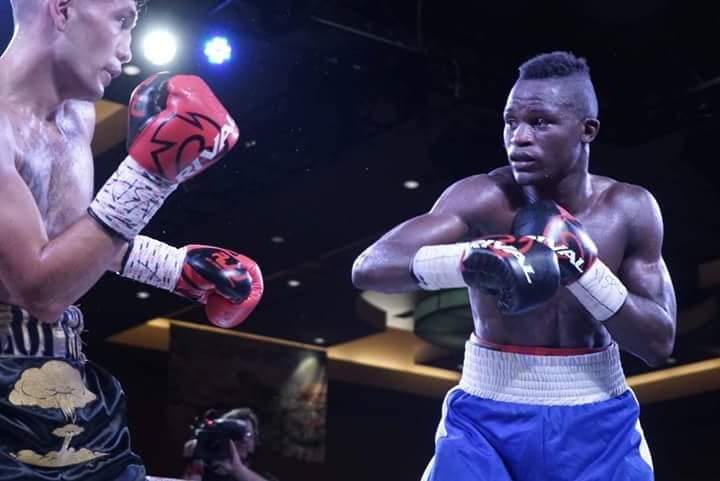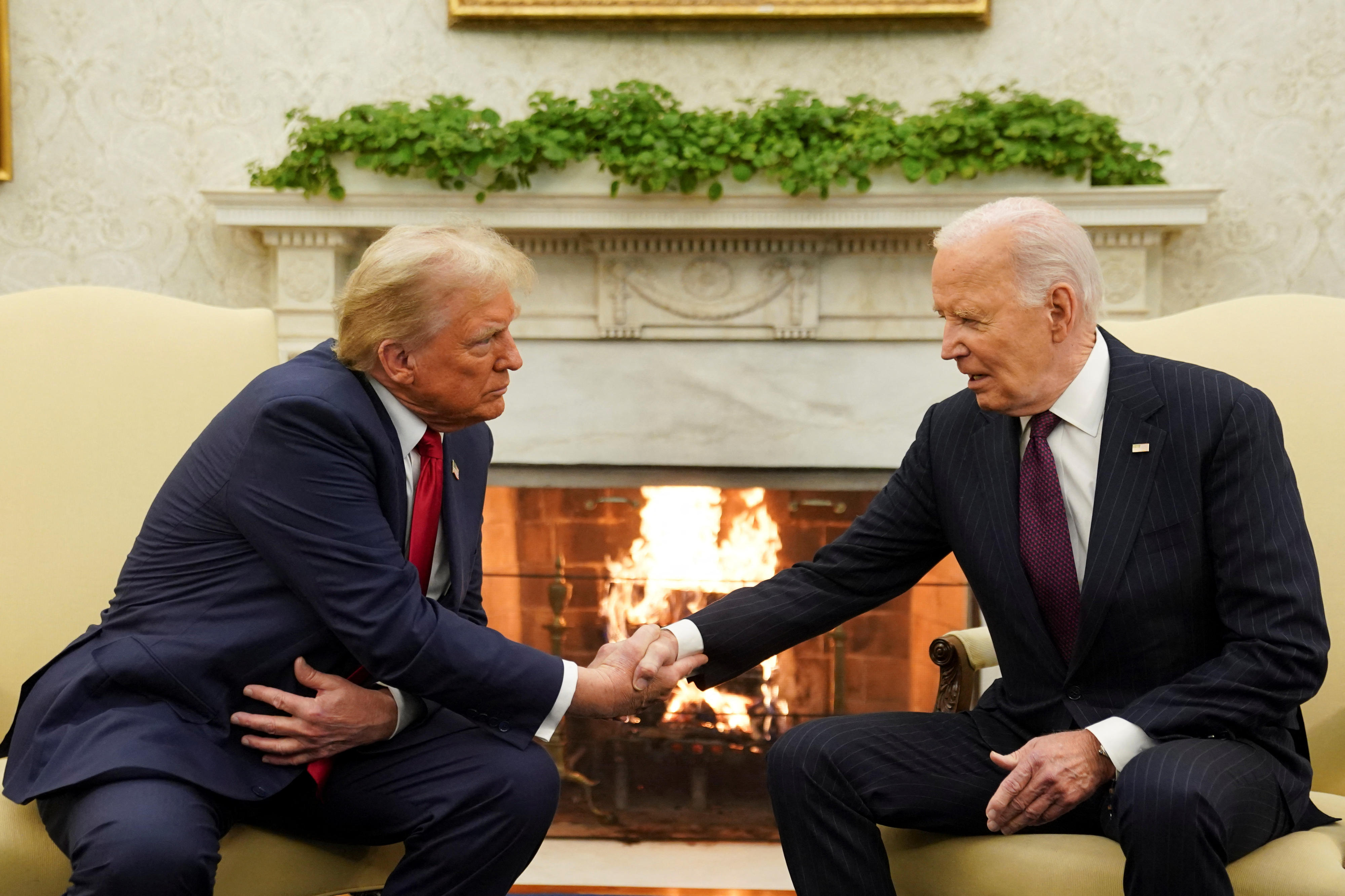Prime
Segawa: Last of Uganda’s elite dying breed in US

Sula Segawa is lately a lone warrior. PHOTO/DOUGLAS BUGINGO
What you need to know:
Segawa, now a resident of Silver Springs, Maryland, is known for his blazing hand speed, devastating punching power and a superior ring IQ. He is currently the only active Ugandan pro in the US.
Professional sports require extreme mental and physical exertion. Over time, the pressure can become draining for professional athletes, and it is inevitable for athletes to retire.
This inevitability is starting to creep in on Uganda’s elite boxers in paid ranks in the USA since most have clocked 35 years of age and above.
One wonders who is next in line to take up the mantle should featherweight Edward Kakembo (34 years), Rogers Semitala (bantam, 26 years), super lightweight Hamza Sempewo (41 years), David Bassajjamivule (44 years, light heavy) and the lightweight quartet of Sharif "The Lion" Bogere (34 years), Ismail Muwendo (34 years), Hassan Wasswa (43 years) and Deo Kizito (29 years) plunge into retirement,
Uganda has been endowed with tremendous boxing talents in the past with the highest settlement in the USA. But this rich history seems to be leading up a blind alley should the current crop of boxers hang their gloves.
There is obviously no ideal retirement age for each particular sport, no ‘set’ time to retire although it has been cited that most athletes retire in their 30s.
No fight nights
The duo of Bogere and Muwendo whose impressive records stand at 32-2 and 21-1 respectively is aged 34 years and both last had a fight three years ago. At 29 years, Kizito might still have an advantage but the poor record of 3-6 is against him with his last win traced way back in 2017.
Going by the current form and activeness, 31 year old southpaw Sulaiman Segawa whose fight against Cobia Breedy last Saturday was cancelled seems to be the ordained heir to carry the Ugandan flag in the USA forward. At least his retirement day seems to be a little far in the future.
Segawa with a fairly impressive record of 13-3-1 is taking over a position that has been long held by Bogere with some help from Muwendo, Kizito, Kakembo and Semitala – the latter coming into the fray for a very short spell (2016 to 2018) before vanishing.
The former Olympian who is described as a hot, contentious, deadly, skilful boxer in the featherweight division by his peers missed out on yet another chance to improve on his budding record in a rematch against Cobia Breedy following a last minute cancellation by the boxing commission in DC out of respect for Dusty Hernandez-Harrison and his family after the boxer's father and coach was killed in a shooting last weekend.
Segawa, now a resident of Silver Springs, Maryland, is known for his blazing hand speed, devastating punching power and a superior ring IQ. He is currently the only active Ugandan pro in the US.
Others, including Bogere, Kakembo and Muwendo all last fought in 2019. Semitala and Sempewo last fought in 2018, Bassajjamivule (2020) and Wasswa's last fight was in 2014. The boxrec status for each of these boxers remains inactive.
“I feel good and great and as long as I feel this way, I will go on and on,” Segawa told SCORE while quashing any ideas of retirement from thought.
Semitala was highly regarded as a replacement of the above aging boxers when he turned pro in 2016. The bantamweight orthodox built a very impressive record of 10-0 within a short period. But the 26-year-old is faced with a conundrum of his manager and sponsor Scottie Toolszman - the reason he hasn't fought since 2018. Muwendo, who is also under the same manager, faces a similar dilemma.
Kakembo says he is not fully retired but the idea of quitting the ring crosses his mind almost on a daily basis. “If I get a fight now, I will take it since I have bills to pay but I am thinking about retiring more often these days than I used to do in the past. I have to do something else to sustain my family that is fast growing,” said Kakembo.
Spent forces?
Being able to maintain successful production and performance past the age of 35 is rare in most sports, especially boxing, where you’re having punches thrown at you. A handful of special boxers have fought beyond 40 and above including Cornelius Bundrage (40 years) who regained the IBF Junior Middleweight title.
Bernard Hopkins performed exceptionally well way past his physical prime. He won his first world title at the age of 30 when he captured the IBF Middleweight title in 1995.
Then known as “The Executioner”, Hopkins would proceed to put together 20 title defences, a record at middleweight that would remain unbroken until 2018. Many fans and pundits rate Hopkins among the greatest boxers in history, pound-for-pound. But his most memorable work came after he hit 40. His latest world title feat came in 2014 when he defeated Beibut Shumenov at age 49 to capture the WBA Super World Light Heavyweight title.
George Foreman retired from the sport at the age of 28. He made a comeback 10 years later at the age of 38. In 1994, when aged 45, Foreman knocked out then-undefeated 27-year-old Michael Moorer in 10 rounds to win the IBF and WBA World Heavyweight title. He retired at the age of 48 with a 78-5 record which includes 68 scintillating knockouts.
With good health and lack of more injuries, Bogere is considering to keep fighting until semi-centennial like one of his idols, Hopkins.
"Ageing does not always bring inevitable physical decline. Although, for most people, their peak physical years will come in young adulthood," said Bogere, who has been consistent for the last 14 years. "Most fighters have been through very tough fights. Others drink liquor, smoke and abuse drugs. I don’t do those things. I keep myself clean. Actually, I learned this lifestyle from Hopkins. As long as I keep myself away from those habits, I know I will fight for a very long time.”
Retirement can also be voluntary. But boxers suffer from Chronic Traumatic Encephalopathy (CTE) which is a degenerative brain disease found in athletes with numerous brain traumas as a result of repeated blows to the head.
A boxer hits his or her physical prime between the ages of 28 and 35. That moment when a boxer suddenly starts to show his age can be hard to predict, but it's obvious when you see it in the ring. Suddenly his punches lack power, his reactions aren't as quick with his counter shots, and he needs a longer recovery period from tough fights.
For some boxers, that point may come in their early 30s if they were a fighter who engaged in too many brawls during their career. For others, who may have started their careers late or were more defensive-minded in the ring, that point may not come until after they pass the age of 40.
From 30 years onwards, your overall physical fitness starts going downhill. Your muscle-mass, force, endurance, and range of motion begin to decrease, whereas the rigidity of your joints begins to increase. The loss of elasticity and resiliency is diminished - slowly, but progressively deteriorating until death. A boxer who fights after age 30 is helping nature along on its downhill course.




